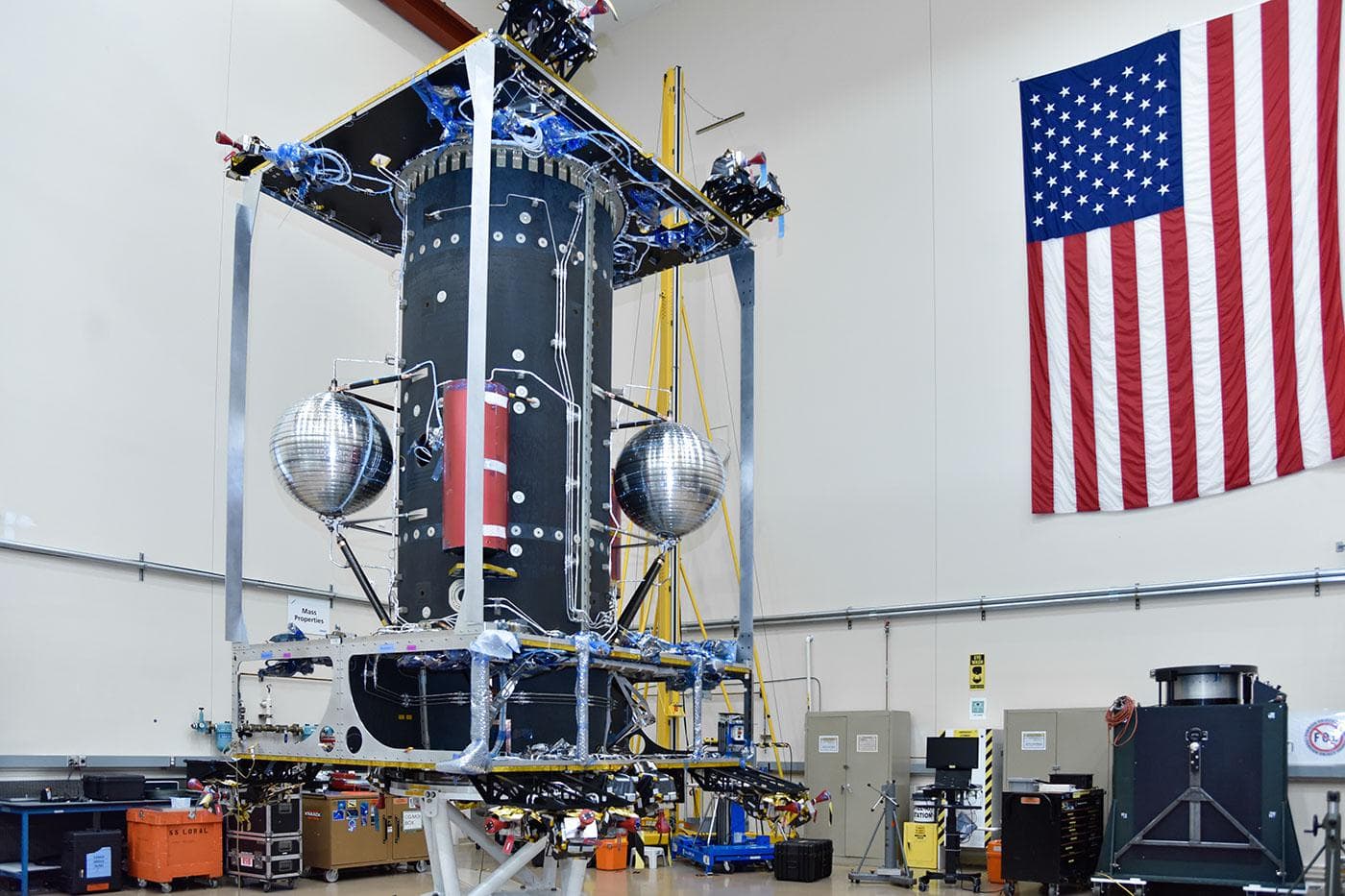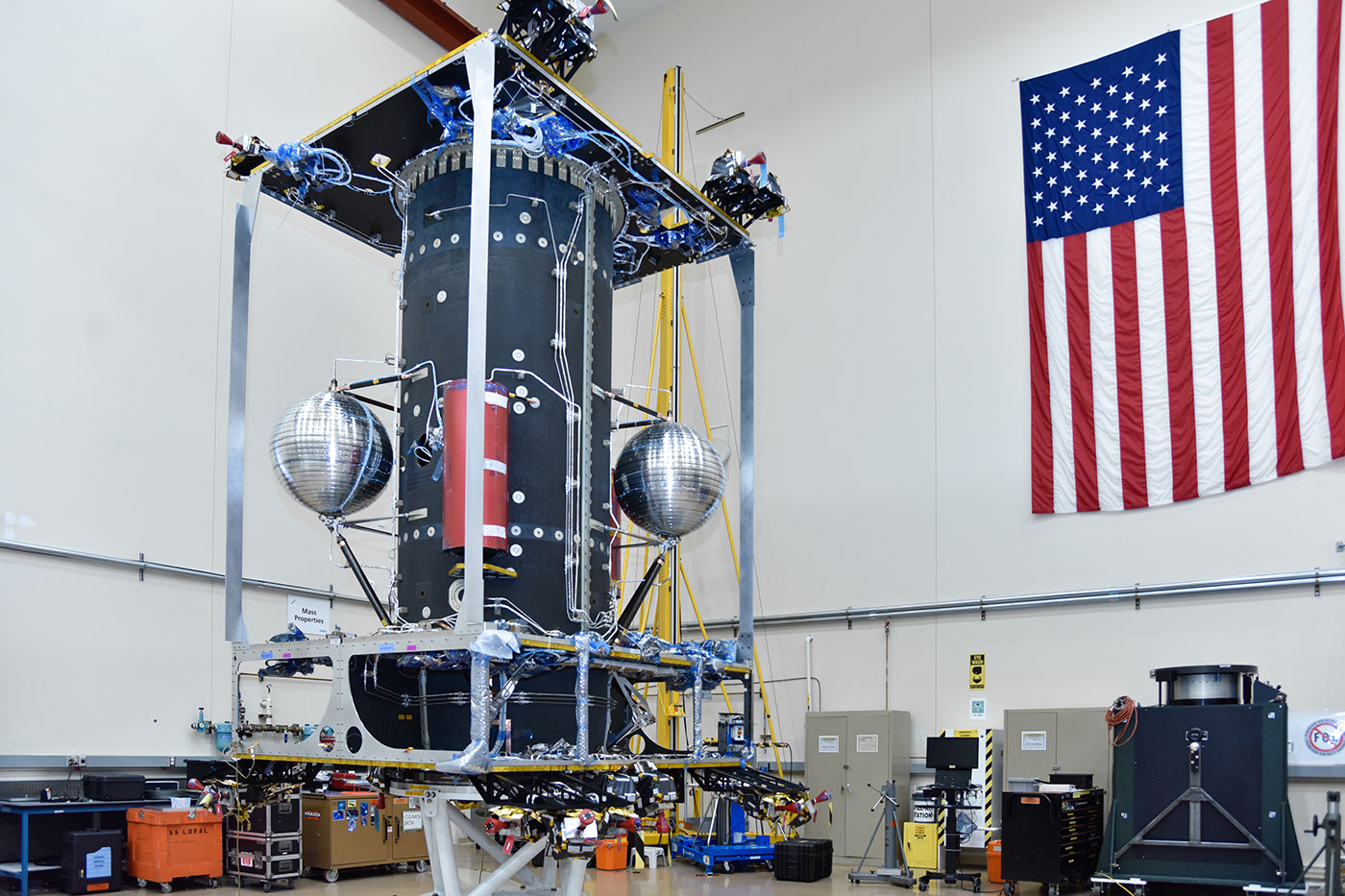NASA has officially approved the design of the On-orbit Servicing, Assembly, and Manufacturing (OSAM-1) satellite. This means that the company Maxar, which is engaged in its creation, can begin manufacturing the components of the spacecraft, their assembly and subsequent testing.
OSAM is designed to maintain and extend the life of older satellites. The construction of the vehicle is funded by NASA in the framework of TDM program (Technology Demonstration Missions). Its purpose is to support innovative projects that promote new space technologies.
OSAM-1 will go into space in the second half of 2022. Its target will be the old NASA satellite Landsat 7, which was launched in 1999 and has almost exhausted its fuel reserves. It is located on a 700-kilometer sun-synchronous orbit. At first OSAM-1 will dock to Landsat 7 using two robotic arms and then will try to refuel the satellite.

It is worth underlining that the design of Landsat 7 does not provide for the possibility of orbital refueling. Therefore, the OSAM-1 designers had to resort to a complex scheme. To conduct refueling, the spacecraft will have to remove the heat-insulating cover from Landsat 7, unscrew the refueling valve cover, connect the refueling device to it and pump the fuel. Then OSAM-1 will have to put the cap and thermal insulation back in place.
The success of this operation will be an important milestone, proving the reality of servicing spacecraft whose designers did not provide for the possibility of refueling. It should be noted that refueling Landsat 7 is not the only goal of OSAM-1. It will also have to build a functional antenna 3 meters in diameter, capable of transmitting Ka-band signals, and a lightweight 10-meter beam. A five-meter robotic arm SPIDER (Space Infrastructure Dexterous Robot) will be used for this purpose. According to the intention of the developers, the experiment will demonstrate the possibility of building large structures in space without the direct involvement of people.





